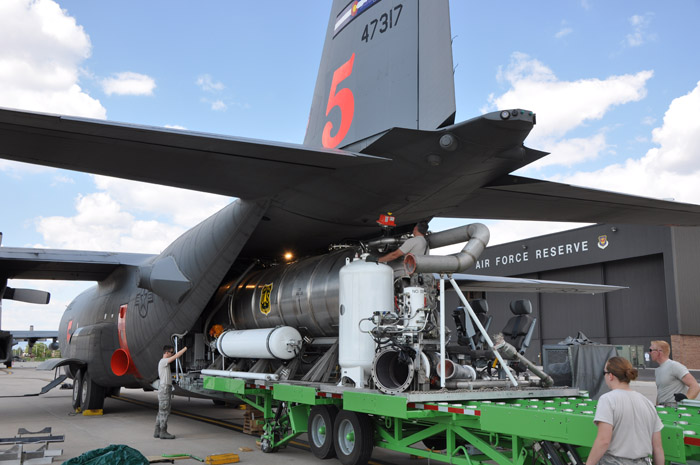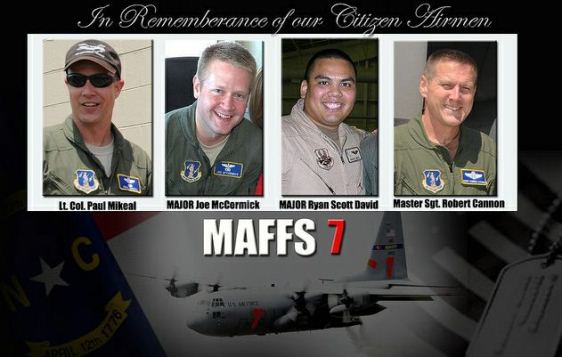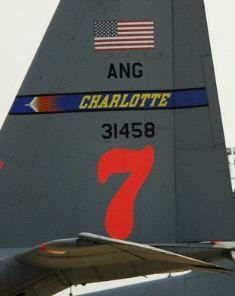
The military C-130 air tanker that crashed in South Dakota Sunday, killing four and injuring two crewmembers, was carrying one of the nine Modular Airborne FireFighting Systems II (MAFFS II) that exist. The MAFFS II hold 3,000 gallons of fire retardant which is pumped out the left side paratroop door using compressed air generated by an air compressor built into the system. The U.S. Forest Service had these and the eight first generation MAFFS built by a contractor, Aero Union, which had been converting aircraft into air tankers for decades.
But after the USFS cancelled their contract for the company’s eight P3 air tankers over a safety inspection issue, Aero Union closed their doors, laid off their employees, and a bank took over their assets, including the aircraft and everything related to manufacturing the MAFFS. The bank attempted to sell them at an auction in February, but the aircraft and the MAFFS items were not bought.
The MAFFS units are very specialized, complex systems. Without Aero Union around to provide repairs and parts, now there is a question about how to maintain and repair the systems.
Mead Gruver, a reporter for the Associated Press working out of Cheyenne, Wyoming, has been closely following what I am calling the Air Tanker Crisis and the management of what is left of the air tanker fleet, down to nine full time large air tankers after being cut by 80 percent since 2002. Here is an excerpt from an article he wrote today about the MAFFS:
…Forest Service officials insist the system is and will remain viable for years to come.
Meanwhile, the Forest Service has contracted technicians in California, Wyoming and Idaho to maintain the MAFFS. An in-house engineer at the National Interagency Fire Center in Boise, Idaho, can help troubleshoot any bugs, Fisher said.
“In any new system you’re going to have some issues come up, and we’ve been able to work through them,” [Scott Fisher, MAFFS coordinator for the Forest Service] said.
Aero Union’s last chief executive, Britt Gourley of Seattle, declined to comment on the system’s continued viability.
“I may have my personal opinions, but I keep them to myself. I don’t know. I wish the Forest Service well and wish all the folks involved well,” Gourley said.
Thanks go out to Chris and Al





